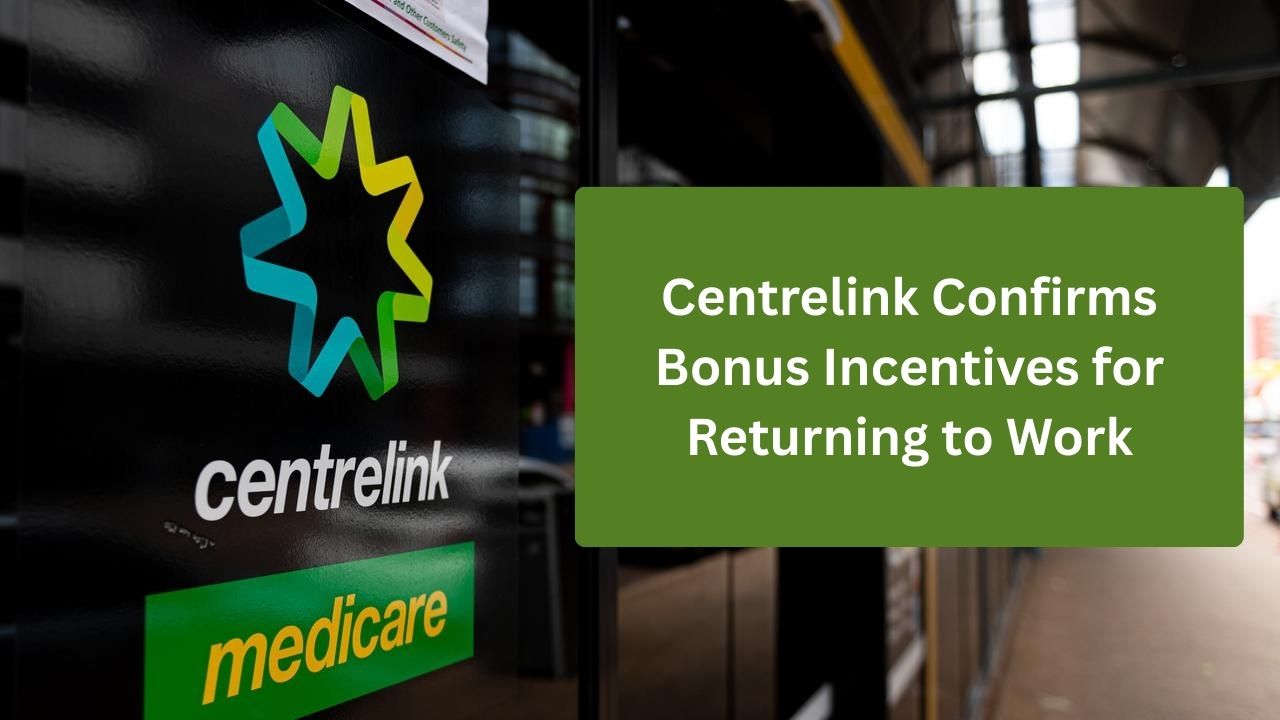With the recent increase in Centrelink support, Australia is taking a significant step toward assisting those who are fleeing domestic abuse. The government has permanently funded a program that gives survivors of intimate partner abuse with up to $5,000 in cash assistance, as well as extra services to secure their safety and facilitate their transition to independent life.
The Leaving Violence Program is intended to help people escape unsafe relationships without being held back by financial concerns. Domestic abuse may impact everyone, and money is typically one of the most significant impediments to leaving an abusive spouse. The program provides survivors with the skills and confidence they need to reconstruct their lives by offering financial assistance, safety planning, and access to further resources.
This project is more than simply money; it is about safety, dignity, and freedom. It represents a growing recognition that leaving a violent relationship is not just emotionally difficult, but also sometimes financially and logistically daunting.
Quick Info
| Feature | Details |
|---|---|
| Program Name | Leaving Violence Program (Centrelink) |
| Total Support | Up to $5,000 per eligible person |
| Cash Portion | Up to $1,500 in cash |
| Prepaid Card | Up to $3,500 for essentials like rent, furniture, or moving costs |
| Additional Support | Safety planning, risk assessment, counseling referrals |
| Duration of Services | 12 weeks of active support |
| Long-Term Goal | Permanent program supporting ~36,000 survivors each year |
Why the Program Matters
It’s not simple to leave a violent relationship. Survivors frequently endure emotional, psychological, and financial problems. While love, hope, and courage are important, financial independence is necessary. Without money for rent, food, or other necessities, many survivors feel stuck and are compelled to remain in dangerous conditions.
The Leaving Violence Program tackles this by providing survivors with cash for emergency needs and a prepaid card for necessary things, allowing them to get what they need without relying on the abuser. This makes it simpler for individuals to obtain accommodation, equip a new house, and pay for relocation costs.
It also helps to avoid a typical issue: survivors returning to dangerous relationships because they have no other choices. Financial security, paired with safety preparation, provides survivors a genuine opportunity of staying safe in the long run.
What’s New: Permanent Funding
Until now, this program was only a trial. It will become permanent in July 2025, with a financing commitment of $925 million over five years. The permanent status underscores the government’s understanding that domestic violence help must be long-term, consistent, and accessible.
Key modifications include:
- Up to $5,000 per survivor, including $1,500 in cash for emergency needs and $3,500 on a prepaid card for necessities.
- Case workers offer risk assessments, safety plans, and referrals to counseling, housing, and legal assistance.
- Instead of a one-time payout, survivors will receive 12 weeks of active assistance to help them stabilize and rebuild.
- Indexed payments: The financial support will be adjusted annually to keep up with inflation, ensuring that the program stays effective over time.
How the Program Works
When a survivor applies, they will engage with a Centrelink case worker to determine eligibility and arrange for their needs. The method involves:
- Safety Assessment – The worker assesses immediate dangers and contributes to the development of a safety plan.
- Survivors get up to $1,500 in cash and a prepaid card to cover expenses like as rent, furnishings, electricity, and relocating charges.
- Case workers give ongoing support to survivors for up to 12 weeks, monitoring their safety and connecting them with counseling, housing aid, and other social resources.
This strategy guarantees that survivors are not left alone to face challenging issues. Instead, they have an organized support system to help them navigate the vital first few weeks after leaving a violent relationship.
Who Can Benefit
The program is aimed at survivors of domestic or family abuse, particularly intimate partner violence. Importantly, eligibility is not restricted to citizens. Temporary visa holders, who typically have fewer alternatives and face specific problems, are also eligible for assistance.
The initiative is expected to assist around 36,000 survivors every year, making a significant difference in thousands of lives. This is especially important for women, who account for the vast majority of domestic abuse survivors in Australia; nonetheless, the program is open to all genders.
Real-Life Impact
For many survivors, financial assistance is life-changing.
- Leaving becomes possible – The money can pay rent, deposits, and necessities, allowing you to escape a perilous circumstance.
- Safety is paramount – With case worker assistance and risk assessment, survivors may plan their leave without placing themselves in danger.
- Prepaid cards provide survivors with a sense of stability and independence by allowing them to handle crucial costs.
- Emotional assistance – Access to therapy and referrals assists survivors in processing trauma and regaining confidence.
Challenges and Criticisms
While the program represents a major advance, there remain several challenges:
- Accessibility – Applying for aid can be difficult, particularly for survivors who are already under stress. Some users may struggle to navigate the system.
- Awareness – Not all survivors are aware of the program, especially those in rural or culturally diverse settings.
- Short-Term Support – Although 12 weeks of casework is beneficial, some survivors may require ongoing assistance with housing, job, or mental health care.
- Systemic Obstacles – Navigating Centrelink’s additional criteria, such as verifying eligibility or obtaining other social security payments, can be challenging for survivors in distress.
Government and Community Response
Government Officials – The Department of Social Services highlights how important economic empowerment is for survivors. They emphasize that stable support shows a long-term commitment to safety and freedom.
Community Advocates – Organizations that help survivors have welcomed the increase. They emphasize that financial independence is frequently the missing link in allowing survivors to flee abuse securely.
Policy experts say that the mix of financial help, casework support, and safety planning makes this program more effective than one-time cash payouts. It solves the current issue while promoting long-term independence.








Leave a Reply